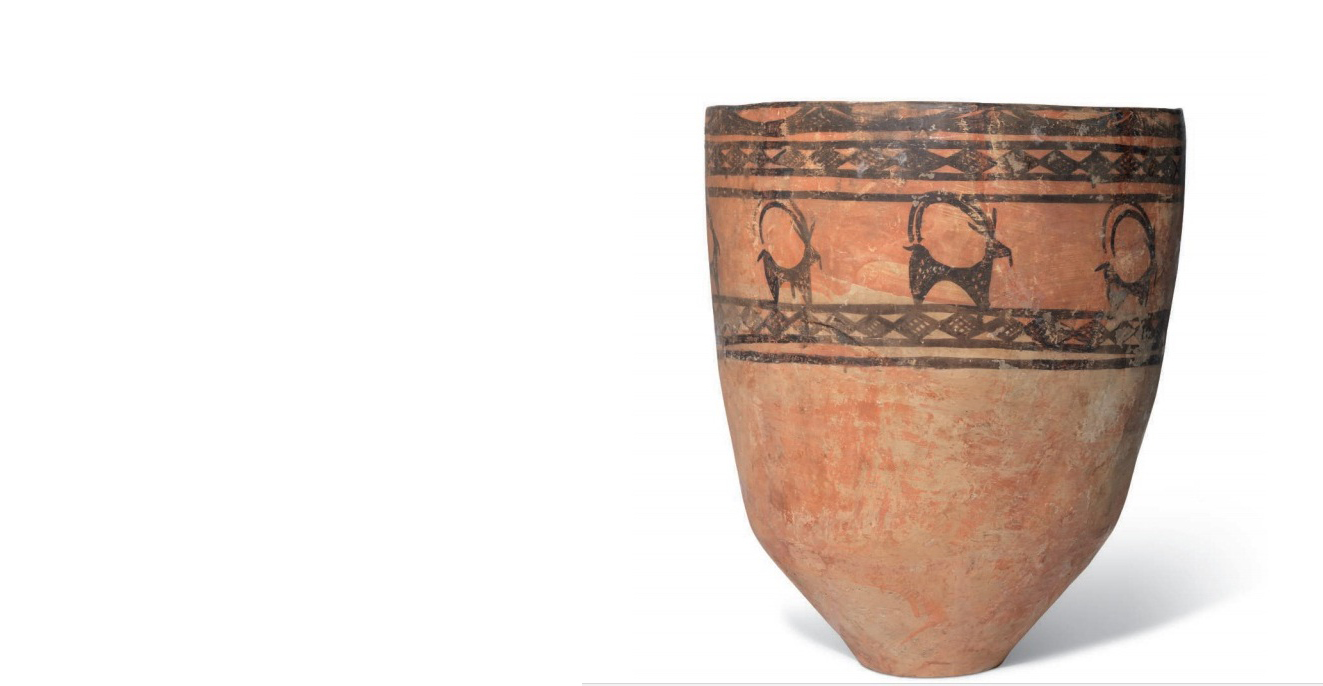Five antiques of Iranian origin will go under the hammer along with 111 other lots from around the world at an auction of London Christie’s named “Antiquities” on July 3.
Among the Persian lots, four date back to the Parthian Empire (247 BC–224 AD), also known as the Arsacid Empire which was a major political and cultural power in ancient Persia.
According to the Persian website ISNA, a Parthian parcel gilt silver phalera, created around the second century BC, is one of the four Parthian lots at the auction. The piece, having the highest estimate among Iranian works, is expected to sell between $39,780 and $66,300.
Another Persian work is a large Persian pottery jar, estimated to fetch $19,890-$26,520. The large jar is 62 centimeters high and was made around the third century AD.
An 11.5cm high Parthian bronze ibex is also among the lots, which is expected to be sold at $10,608-$15,912. The lot’s creation dates goes back to around second century BC.
A late Parthian or early Sasanian turquoise glazed pottery rhyton is another Persian work at the auction. A rhyton is a roughly conical container from which fluids were intended to be drunk or to be poured. Made around the third century AD, the piece is 35.5cm high and in the shape of a female head with a jar on it. It is expected to go for $26,520-$39,780.
The other Persian work, a copper zebu, belongs to ancient pre-Iranian civilization of Elamites, which was based in the far west and southwest in what is now modern-day Iran, stretching from the lowlands of Khuzestan and Ilam provinces as well as a small part of southern Iraq.
Made around the third millennium BC, the copper zebu is expected to fetch about $10,608-$15,912.
The biggest prize is a Faliscan red-figured calyx-krater attributed to an Italian painter (name unknown), one of the brilliant artists of the Faliscan school, noted for his large vases decorated with mythological or epic scenes.
Falisci is the ancient Roman exonym for the Italian people who lived in what is now northern Lazio, on the Etruscan side of the Tiber River, Italy. Faliscan vase painting began about 400 BC and closely imitated Attic vase-painting. The lot has been priced at $92,820-$132,600.


